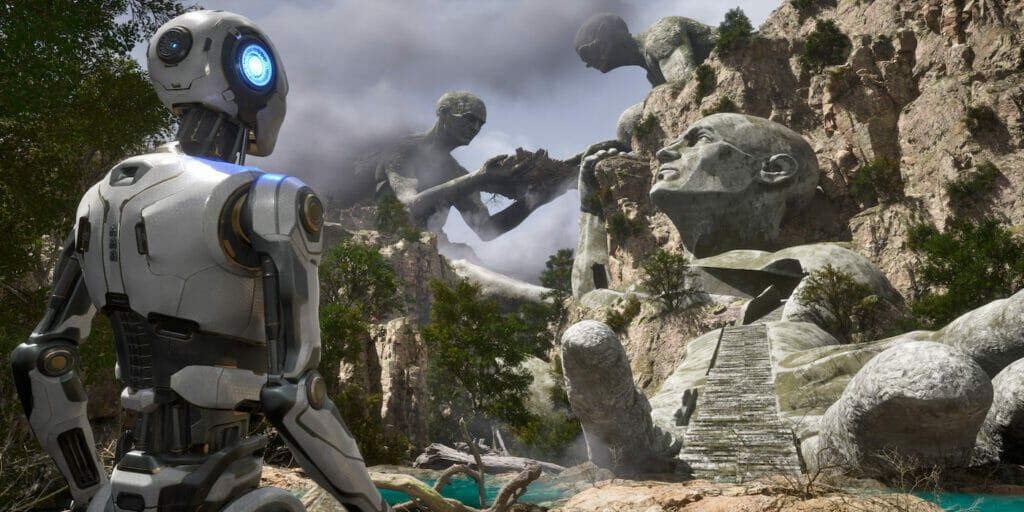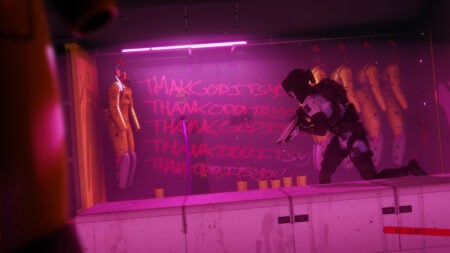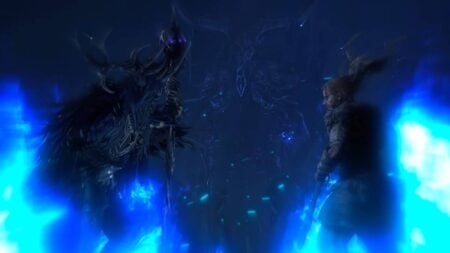Skip To...
Thanks to Devolver Digital and Croteam providing an early preview of The Talos Principle 2, I was able to experience a beautifully designed and complex world with intelligent, engaging puzzles. Each one left me eager for more the further I immersed myself in the technologically natural atmosphere. The Talos Principle is well-known for being compared to other popular puzzle games like the Portal series. However, it’s clear how the second installment paves its own path within the genre. The Talos Principle 2 brings forward a new meaning to puzzle-solving, adding depth to a world that you didn’t think could be possible for the future of humankind, as it is told in the first installment.
The Future Of Puzzles Is Bright

Puzzle games are an enjoyable niche that is often ladled with the same patterns over and over. As a result, the experiences can become monotonous as I can sometimes carry similar strategies from game to game. During my The Talos Principle 2 preview, I was initially worried that the overarching theme of a future where philosophically advanced New Humans have cracked the code to a perfect livelihood would overshadow the puzzles in a way. I was proven very wrong very quickly as the narrative asked me to complete different puzzles to progress, which I could do with much difficulty in part to my own abilities.
The story follows the first game, with researcher Alexandra Drennan successfully creating an extended lifespan for humans in the form of androids. These androids have their own sentient AI, allowing them to initiate a “Goal” of creating 1,000 androids, whom they dub New Humans. After your creation, the 1,000th New Human, the “Goal,” is complete, and the New Humans can move forward with their operations for a better lifecycle than previous humans. Their efforts are interrupted by large, technological embodiments of Prometheus and other Greek symbols, who push them forward on their journey.
I was absolutely blown away by both the environment as well as the puzzles embedded within. The setting resembles that of ancient and forgotten stone architecture that is overgrown with shrubbery and grass. Within the greenery are lights, floor triggers, and other mechanical wonders that bring forth glittering beams of light that illuminate the way forward once successfully solved.
The puzzles themselves are well thought out and complex, with just about all of them not being very obvious at first glance. In fact, I would be lying if I said that I didn’t spend a considerable amount of time on each one. In some cases, I had to move to another set of puzzles to return to the previous one with a better understanding and fresh eyes. The button responses are quick, and the movement speed is fast enough to ensure that I didn’t get overwhelmed by any one puzzle for any reason other than having to do it over and over again. With some puzzle games, small nuances like having to wait for something to charge or having to be careful and diligent in how you do something would slow the game down for me. Fortunately, that was never the case here.
A Brilliant And Beautiful Campaign Experience

Each puzzle and location is very much elevated by the campaign as a whole. The story is incredibly straightforward and simple as well, though still providing you with the ability to adventure off elsewhere if you so choose. As you progress through all of these mental obstacles, you build on the understanding of previous puzzles and mechanics to add to your experience, making concepts that were once foreign to you seem so much easier.
The campaign’s push towards exploration also allows you to uncover things hidden within the world. Not being tied to a time limit and being able to redo every puzzle made the entire experience less stressful as well, making it an ideal gameplay scenario for this sort of game. I wasn’t locked to doing any one thing, which gave me the freedom to indulge in experiences such as tests left behind by technological symbols and journals and voice records of the humans that came before. Before long, I realized that I was several hours into the game without having actually completed any puzzles or moving forward with the story.
By the end of my preview with The Talos Principle 2, I was left wanting to go back and do more. I knew there were more puzzles to complete and rewards and achievements to earn, reeling me back in even after I was done. The experience left me longing to see how the rest of the game progresses and how much more complex the puzzles can become, as shown in trailers.
Both newcomers and fans looking forward to The Talos Principle 2 have a lot to be excited about and are welcome to our more in-depth analysis once it arrives on November 2 of this year for PC, PlayStation 4, PlayStation 5,







